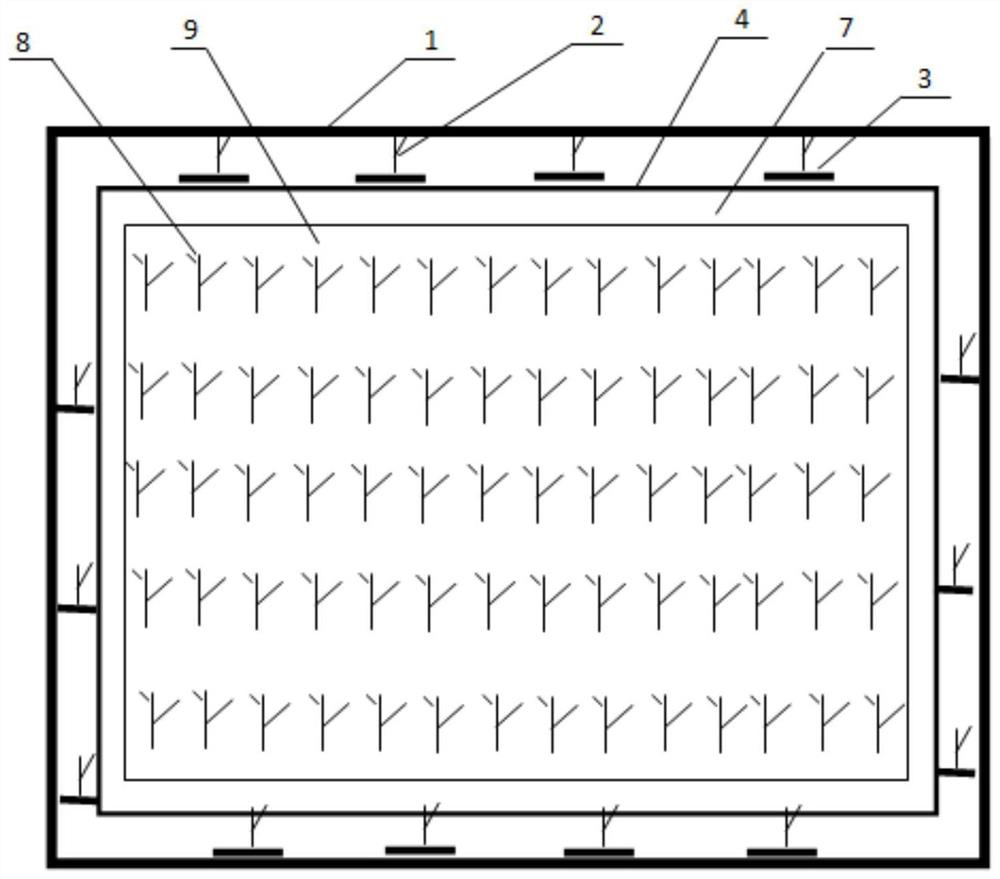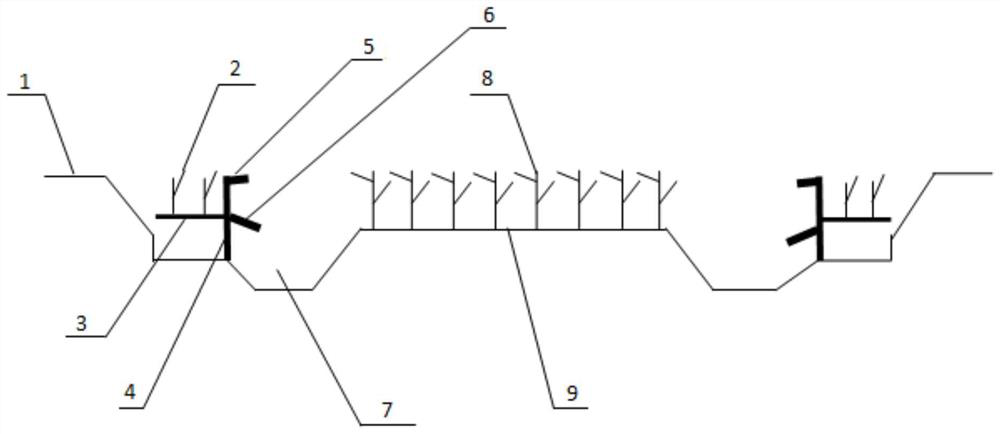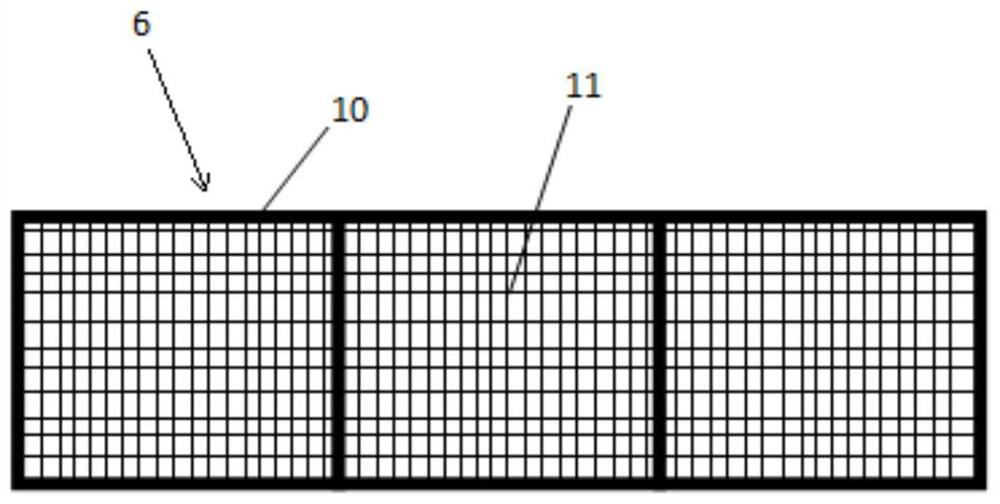Efficient ecological planting and breeding method for soft-shelled turtles, fishes, ricefield eels and water fennel in rice field
A breeding method and technology of ecological species, applied in the fields of botanical equipment and methods, fish farming, agricultural fishing, etc., can solve the problems of increasing the utilization rate of paddy fields, shortening the capital turnover period, poor quality and taste, etc. The effect of capital payback period, increasing the output of agricultural products, and improving the appearance and taste
- Summary
- Abstract
- Description
- Claims
- Application Information
AI Technical Summary
Problems solved by technology
Method used
Image
Examples
Embodiment 1
Tongcheng Su's Agricultural Development Co., Ltd. owns 20 paddy fields with a total area of 560 mu and a single paddy field area of 28 mu. The paddy fields have abundant and fresh water sources and are convenient for irrigation and drainage.
[0042] 1. Paddy field preparation
The experimental demonstration paddy fields are distributed on both sides of the main road. The paddy fields are square. The ditch is 3 meters wide, 1 meter deep, and 1 meter high. The area of the ring ditch accounts for 8.8% of the total area of the paddy field. In the celery planting area, near the edge of the ring ditch in the cress planting area, set up anti-escape geogrids. The bottom end of the geogrid is buried 50cm in the soil, 1.2 meters above the cress planting area, and cement poles are installed every 4 meters to support For the geogrid, a 30cm anti-escape edge is folded at the end of the geogrid to the field, and along the periphery of the anti-escape network, a food table and a sunb...
PUM
| Property | Measurement | Unit |
|---|---|---|
| Diameter | aaaaa | aaaaa |
Abstract
Description
Claims
Application Information
 Login to View More
Login to View More - R&D
- Intellectual Property
- Life Sciences
- Materials
- Tech Scout
- Unparalleled Data Quality
- Higher Quality Content
- 60% Fewer Hallucinations
Browse by: Latest US Patents, China's latest patents, Technical Efficacy Thesaurus, Application Domain, Technology Topic, Popular Technical Reports.
© 2025 PatSnap. All rights reserved.Legal|Privacy policy|Modern Slavery Act Transparency Statement|Sitemap|About US| Contact US: help@patsnap.com



